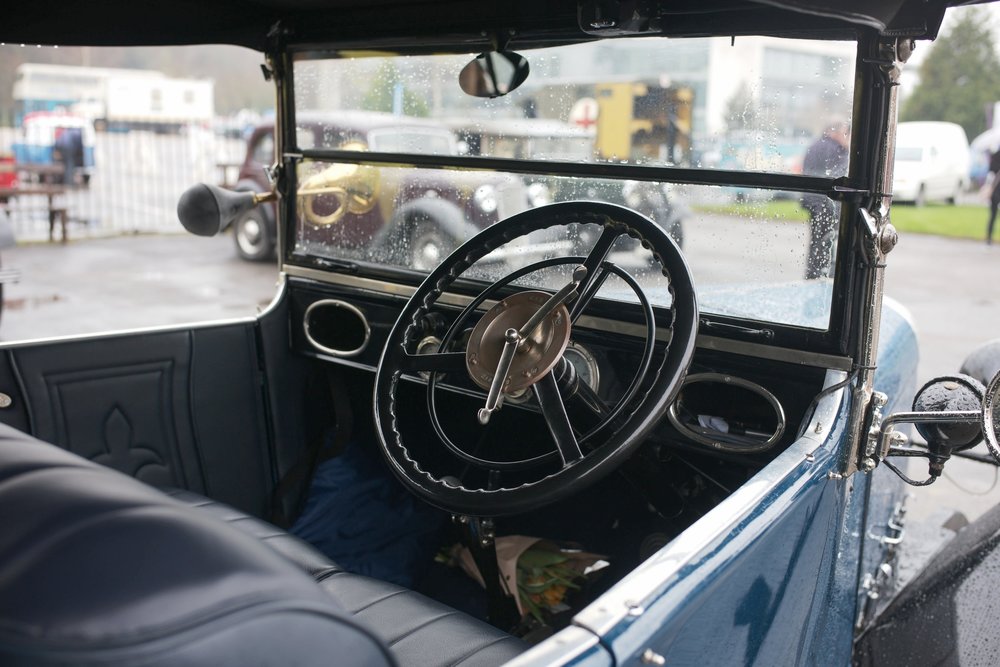
These are not so much first impressions as very likely lasting impressions. I’m a bit late to the party, though. Most of the world has been impressed already, but the M10 is still the newbie here at Macfilos Towers. It was some two weeks ago I got a call from Francis Qureshi at London’s Red Dot Cameras to tell me that my black-chrome edition of the latest M was available for collection. Since then I’ve been snapping away.

Even before my M10 arrived I had fondled the odd demo camera, including the launch models at the Leica press conference, and read all the reports. I had decided that the M10 would be my Leica of the Year and, so far, it has lived up to my expectations.
The M10 is the first Leica digital that I can honestly compare in handling with the classic film shooters. For this we have to thank the SL. Because of you, SL, we now have our rangefinder back in all its goodness. Thanks to you, we don’t need to have video on our M digital — you’ve taken over that role, among others — and we certainly don’t want autofocus.
The existence of the unashamedly electronic SL encouraged Leica to take a radical look at the rather bloated M240. Back in 2012 when the previous model was launched such a course was unthinkable. Leica believed the M could not compete with DSLRs and mirrorless cameras unless it could tick as many boxes as possible, and video was just one of those boxes.
As a result of the liberating influence of the SL, we now have a digital rangefinder that is almost identical in size to the M7 or M6 TTL film cameras. It is only 4mm thinner than the M240 but, subjectively, feels smaller. In order to achieve the new thinnesss, the M10 has a narrow collar on the lens mount. This maintains the required distance between the sensor and glass; but it is a relatively modest and unobtrusive affair. In this it contrasts with the collars seen on some cameras, notably the Sony A7 and RX1 series. Commendably, also, Leica has refrained from the temptation to colour it gold and inscribe the Rubaiyat of Omar Khayyam around the periphery.
It is now clear that Leica has no intention of placing the M10 as a direct competitor for any other mirrored or mirrorless camera; nor for any other camera of whatever configuration in fact. It is simply the best rangefinder and that’s all that matters to the legion of fans which will snap it up.
There’s another welcome improvement, quite apart from any technical aspects. The M dynasty is back in the shape of King M X. Long live the king or, at least, until M XI ascends the throne in another four or so years. When the history books come to be written, the one-name-fits-all M (Typ 240 and its derivatives) will be seen as brief interregnum in the long line of numbered Ms stretching back no fewer than 63 years. Good riddance to all those Typ designations and welcome back the true and rightful King. He’s always been a cooler Typ and now he’s back in all his simple majesty.
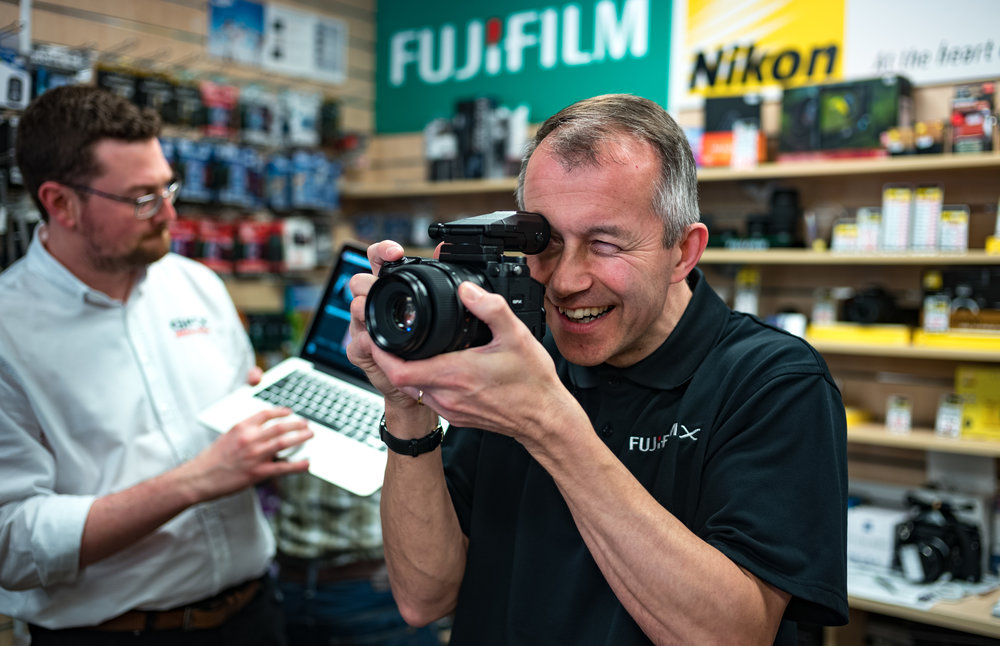
Design
Aesthetics are important to the Leica owner. The camera has to look right; and many will agonise over the detail differences between, say, an M and and M-P (with the -P being the mid-life come-on package designed solely to entice the faithful to cough up another dollop of cash).
Yet even without touching the M10 it is possible to appreciate the improved aesthetics of the design. At first glance it doesn’t look much different to an M240 but it is the little touches that matter. The dedicated ISO adjustment knob is pretty as well as practical and adds a significant degree of interest to the top plate. This may sound trivial, but in the Leica world such things are a big deal. The engravings on the dial soften the bland expanse of top plate common to the first iterations (non-P) of all three previous digital Ms. Indeed, one the big attractions of the -P derivations has always been the engraved top plate. It’s still a nice touch (and, frankly, should be part of the first camera instead of being an expensive come-on a couple of years down the line) but the M10 doesn’t need it as much as did the other models. This camera looks great from the outset.
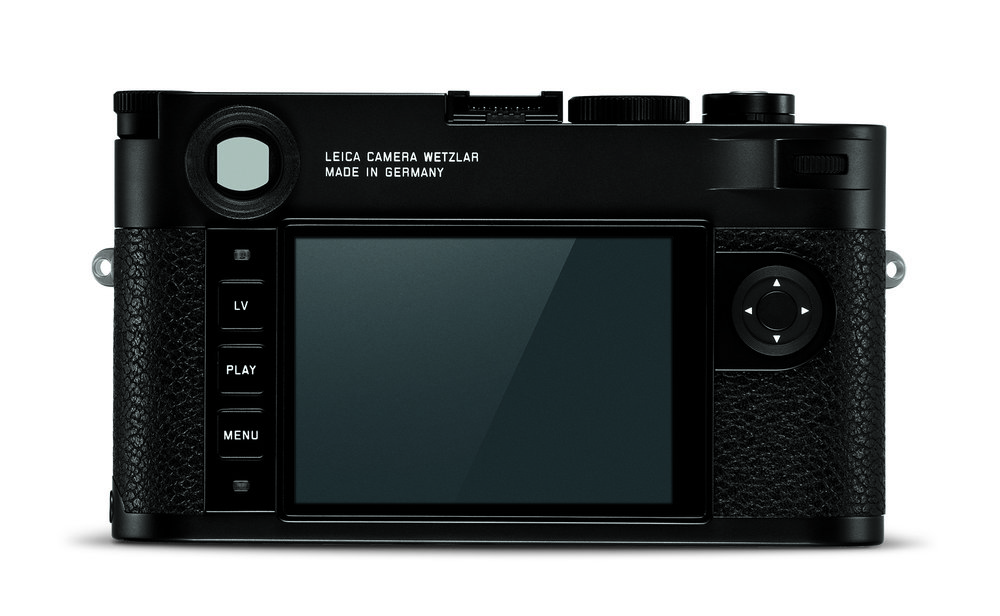
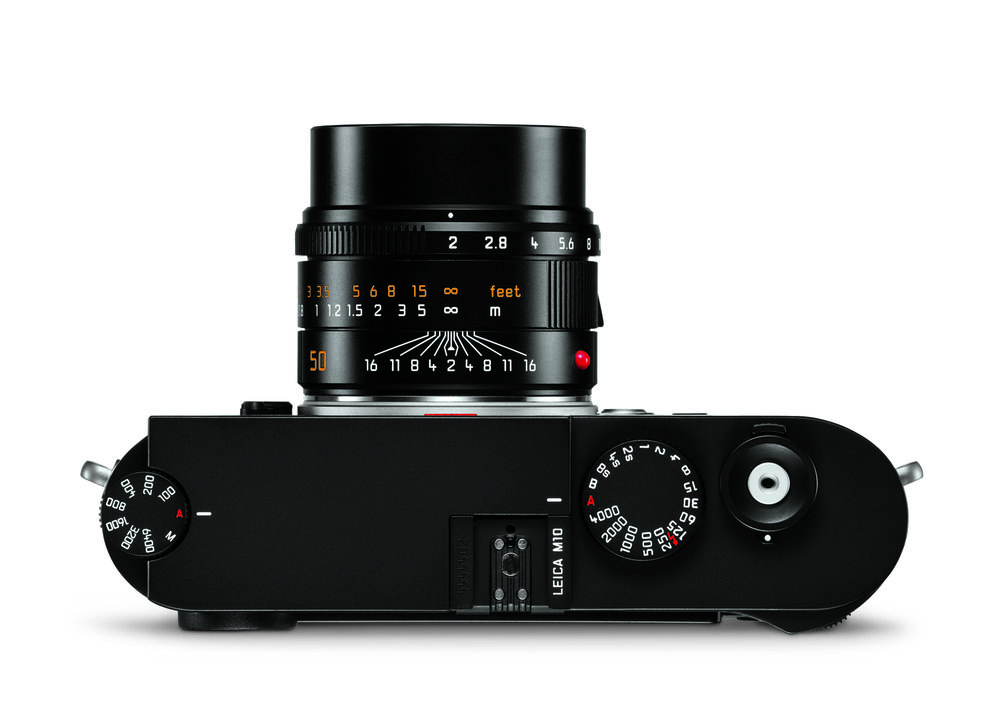
The back of the camera, too, benefits from the redesign. The larger square buttons have a whiff of the SL about them and this impression is carried through to the simplified menu system and the welcome Favourites menu — which, for almost all the time, is the only menu you need concern yourself with.
The simplified on-off switch is also more practical and less fussy. In the past I seldom used continuous or timed mode but I was forever finding the switch had moved, particularly to continuous when all I needed was single shot. I suspect some of this was self-inflicted by a finger flick to ensure the camera was turned on. If it was, C drive mode was the inevitable result.
Leica listened, and now we have a simple on/off switch with no complications. When the switch is off a red dot is revealed to indicate status. I’m not so sure this shouldn’t have been the other way around, with the red dot indicating that the camera is on. After two weeks it still catches me out. I see the red dot as a warning and have to double check that the camera is actually switched off. It’s something we will get used to but it is a little illogical in my view.
Weather sealing on the M10 has been improved. Most notably, the new EVF relies on surface electrical contacts rather than open socket on the top plate used on the M240. This was always an Achilles’ heel because no one ever carried the plastic hotshoe keeper to maintain the seal when the EVF was not in use. In any case, I always had a thumb grip attached, leaving the socket exposed. The absence of video means no microphone holes, a further nod towards weather sealing, and the seals around the bottom plate have been extended. All in all, the body is now pretty secure. Ultimately, however, the M10 is not a true weather-sealed camera because no M lens is protected and there is no mount seal. So caution is always required.
Menus
What do you want from a menu and control system on a camera? I look for simplicity, intuitive operation and the minimum of intrusion on the process of taking a photograph. I shoot predominantly RAW because it’s my preference, not because I look down on out-of-camera jpegs. I always have the time to do post processing and I enjoy working on the select few shots I want to use. This is one of the reasons I hate the menu and button bloat that goes hand in hand with more in-camera processing choices. I secretly admit that the Leica M-D is my kind of camera — a digital with the control approach of a film camera.
Some manufacturers, notably Sony and Olympus, have oddball menu systems that take a lot of learning and navigating. If you have just one camera this is something you will eventually become familiar with; but in my case I chop and change frequently and I still get stuck navigating more complicated setups. Olympus, in particular, offers an acquired taste in menu layout.
Leica digitals have always been relative paragons of menu simplicity (and, among non-Leica cameras, Panasonic also does a pretty good job of sorting the trees from the wood). But the new M10 has taken a huge step forward in simplifying both menus and controls.
Favourites
The key to the menu system’s simplicity and approachability is the new Favourites screen, borrowed from the Leica SL. The Favourites screen is the first one you see when you press the menu button. It has room for seven options plus the obligatory “Main Menu” which is the way you get into the lesser-used functions. You can add any menu option to Favourites and it can be customised to handle everything you need in day-to-day operation. It should be noted that it is now possible to set up a second Favourites screen but, frankly, this seems to defeat the object. I suspect almost all owners will be happy with just the one simple screen. Let’s not over egg the pudding.
The main menu covers four screens (with just two options on the final screen). It is a simple linear progression, with sub-menus where absolutely necessary. As with other Leicas, there is no attempt (nor is there a need) to group functions under little icons such as a camera, a set of spanners and a playback camera. It’s all there, one list, and soon learned.
The trick is to populate the Favourites menu with options you need from time to time but which are not duplicated by any of the physical controls. I am in the early days with the M10 but this is my initial Favourites screen:
- Drive mode
- Exposure metering
- M-ISO (manual ISO)
- File format
- JPG settings
Many will wish to add white balance, at least. Drive Mode is essential if you use continuous or timed shooting because it is no longer a feature of the on/off switch as on the M240. The whole concept is elegant. It is far more intuitive and less cluttered than the tile-format Q menus used by Fuji, Olympus and Sony, among others, and is a model of clarity and utility.
Interestingly, you can set up a different Favourites screen for any of the custom user profiles and this gives a tremendous level of power in adapting to different circumstances and photographic challenges.
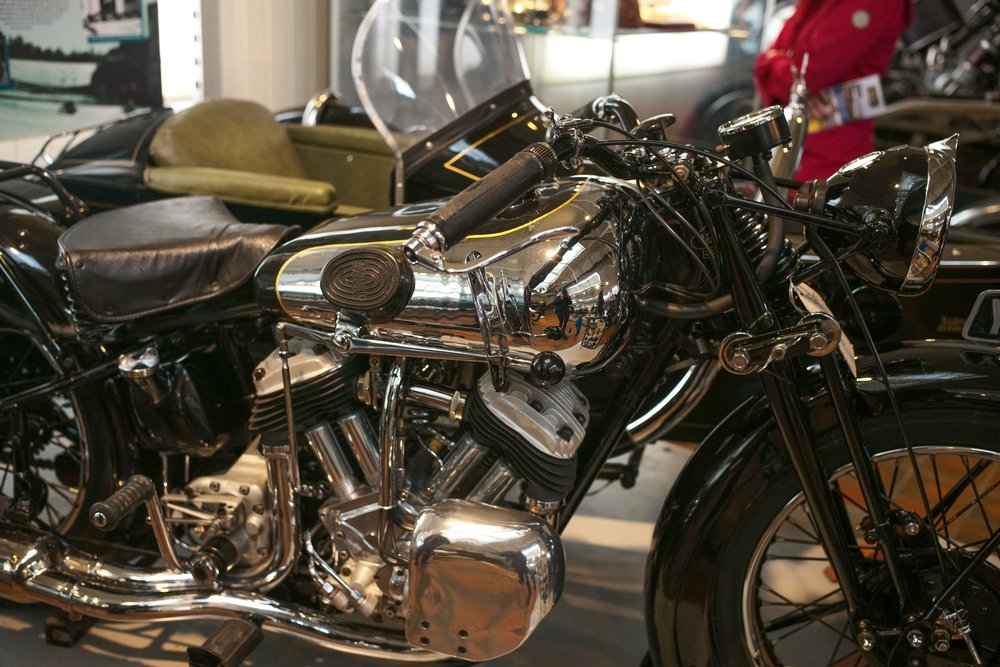
Always, the full menu is available as one of the options on the Favourites screen and, if you find yourself using a particular function frequently, you can immediately add it to the opening Favourites screen. Conversely, if you don’t use a so-called favourite from one month’s end to the next you can quickly consign it back to the main menu.
Robin Sinha of Leica UK told me he can get by with just three Favourites options — Drive Mode, M-ISO and White Balance — and I suspect his is the right approach. The simpler the better, but at least you can make up your own mind on this, depending on your individual use of the camera.
Controls
The pragmatic design approach to the Favourites menu is reflected in the simple arrangement of physical controls, achieved by culling the more extended layout of the M240 and previous digitals. Only the screen size remains the same but the resolution has been increased to 1036Mp from the 920Mp of the M240.
There are just three primary buttons to the left of the screen. They are large and square, taking their cue from the SL approach, and are labelled LV, PLAY and MENU. The first two are self-explanatory; the third, as I outlined above. first takes you to Favourites and then on to the full menu if desired. In addition we have:
- The D-Pad, without legend, which functions as a navigation tool and has a central, unmarked button for confirm/OK.
- The customisable adjustment wheel to the right of the small built-in thumb rest can be set to control exposure compensation or zoom (for focus magnification or for use during playback). A third setting is OFF.
- A button on the front of the camera, just below the top plate, falls easily under the second finger and is used to initiate focus magnification in live view.
- The new ISO dial (described in more detail elsewhere).
- The traditional shutter speed dial, no changes here.
If you tot up that lot you reach a commendably frugal eight controls to handle this camera (excepting lens adjustments, that is). All are logical and essential, there is nothing superfluous. More to the point, there is nothing there that the average rangefinder photographer will not want to use. The temptation to complicate matters with endless customisable Fn buttons has been resisted. I don’t know about you, but when using many modern mirrorless cameras I often forget what function I have assigned to a particular button. So the simple M10 approach suits me down to the ground.
While focus aid can be controlled by the front button, as described above, it is possible to select an automatic function from the main menu. This works in conjunction with the rangefinder mechanism to initiate magnification as soon as the focus ring on the lens is moved. The Ms (from M8 through to M10) are the only digital cameras that can perform this trick and I can’t stress too strongly the importance of this. When using manual lenses on any other mirrorless camera (even Leica’s T and SL) you are obliged to first press a button in order to bring up focus aids. The M system, with its advantage of the mechanical rangefinder focus linkage, is the only one that knows when a manual lens focus ring is touched.
As rangefinder fans will know, none of this has any effect on the view seen through the finder in normal use. Focus aids, including focus peaking, are applicable only when using live view on the rear screen or through the Visoflex accessory finder.
There are six user profiles (one of which is a standard profile) available from the main menu. You can thus set up the camera for different types of shooting — for instance you could vary jpeg settings and ISO limits — according to your preferences. As mentioned above, you can also choose a different Favourites screen for any profile. If you do intend to use profiles I suggest the function be assigned to the Favourites screen for easy access.
The M10 features the 2GB buffer introduced on the previous M-P model. The standard M240 had a 1GB buffer and during rapid shooting could easily become overloaded. So far I haven’t had a chance to experiment with continuous shooting but with the larger buffer and the improved electronics I believe the camera should perform much better even than the M-P.

Battery life
One of the casualties of the slimmer body is a slimmer battery. The M240 battery was a monster, initially designed to cope with the expected demands of video. At a push, for the still photographer, it could deliver up to 1,000 shots on one charge, assuming live view was switched off. The smaller battery in the M10 was never going to compete with its predecessor. In my short experience of the M10 I cannot give precise figures but I can extrapolate. I think that the camera is capable of up to 600 images per charge if live view is switched off. With live view enabled I should think this could drop to below 400. At least one spare battery is essential, in my opinion. With the M240 I very rarely had to insert a second battery during the typical day’s shooting.
The battery charger is similar to that of the M240, with the two lights to show 80% charge and full charge. It also features a ∞ power socket which means you can use the supplied cable or, if it is inadvertently left at home, get a replacement from any electrical shop. My preference, though, is to use an Apple power-adapter plug to avoid cables altogether. The charger also provides a 12v input for use with a car power socket.
Handling
This is the best handling M we have had since the M7 or the M6. And if you ignore the 10mm extra height, it feels just like the original M3. For the first time we have a digital M that gives nothing to the film cameras in terms of compact dimensions. It’s a true classic.
Now, however, we have a digital M with the basic exposure triumvirate visible at a glance and adjustable while the camera is switched on. All three settings respond to physical controls and can be checked by eye without having to go into menus. Strictly speaking, the M-D offered direct adjustment of ISO so was the pioneer. However, it was limited by the absence of an auto mode and the rear dial was not so easy to check as is the top-plate dial on the M10. The M10 permits direct access to auto or settings up to 6400, with the M-for-manual offering further possibilities according to menu choice.
Having become used to the M-D and appreciating its simple virtues, I find myself using the M10 in the same way. I’ve been using the Leica protector case with the leather back to remove buttons and screen from my wandering fingers. With aperture, speed and ISO I have all my regular adjustments readily to hand. See our review of the Leica Protector case here.
Below: Full frame and crops from the 35mm Summicon-M
The adjustment wheel to the top-right of the camera back can be set to give direct access to exposure compensation (the alternatives are live-view zoom and off). As a soft control, it isn’t immediately checkable for status (as is the case with exposure compensation dials on many cameras). Instead we have to rely on the red digits at the bottom of the rangefinder window to know where we are.
I have experienced no tendency for the adjustment wheel to move of its own accord, largely thanks to the Leica thumb grip (an accessory) which is so well designed that it protects the dial to the point where there is no danger of the wheel being jolted. In this, it is safer than the majority of physical compensation dials on other cameras which often get knocked out of kilter. How many times have we heard that this or that camera has been updated to model II and one of the improvements is a stiffer exposure compensation dial? Beats me why they can’t get it right in the first place. Well, Leica have this covered with the M10.
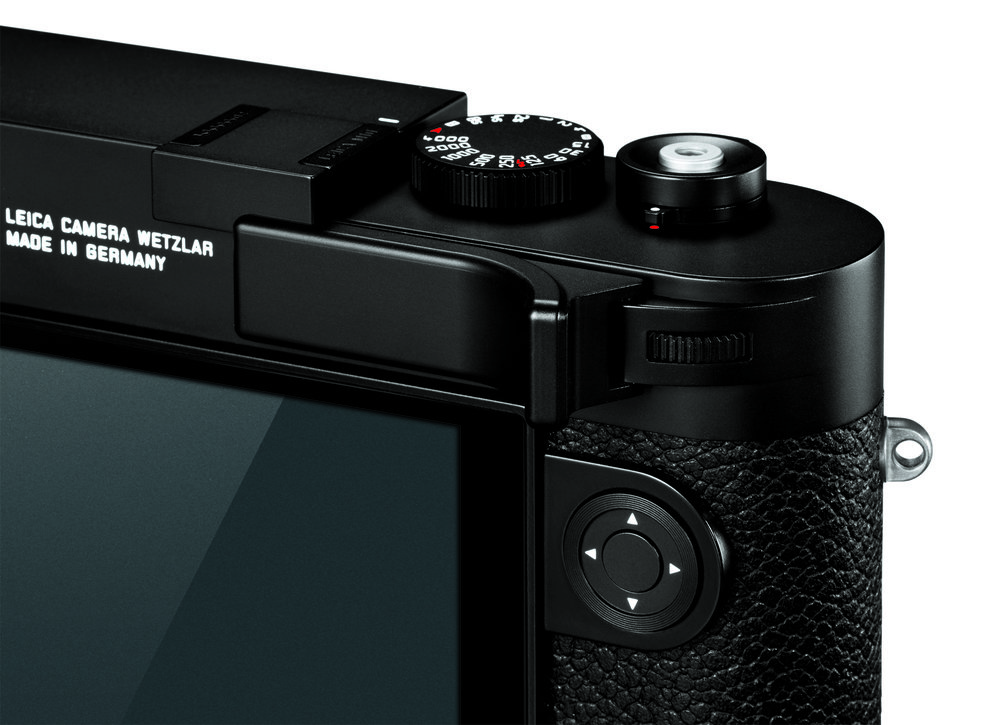
Incidentally, talking about the red digits in the rangefinder screen, there is a new message to be seen when using aperture priority — up comes the legend “auto” to remind you of the setting. I don’t remember this from the M240, nor do I have one to hand to check it out, but I suspect it is something that will appear on that camera in future firmware updates.
In my view the new thumb grip is one accessory you will want to buy for your M10. It is perfectly crafted to the point where it looks and feels like an integral part of the camera. In some ways it resembles a vestigial film advance lever, serving to enhance the M10’s film-cred points. It provides a vital function in adding to stability and offering a resting place for the right thumb, a digit that is capable of causing button fun and games if not restrained in some way. The only negative aspect of the thumb grip is that it must be removed if you wish to mount the optional Visoflex electronic viewfinder. Then, you must fall back on the smaller built-in thumb grip but you will be pleased to note that it is slightly larger than the one on the old M240.
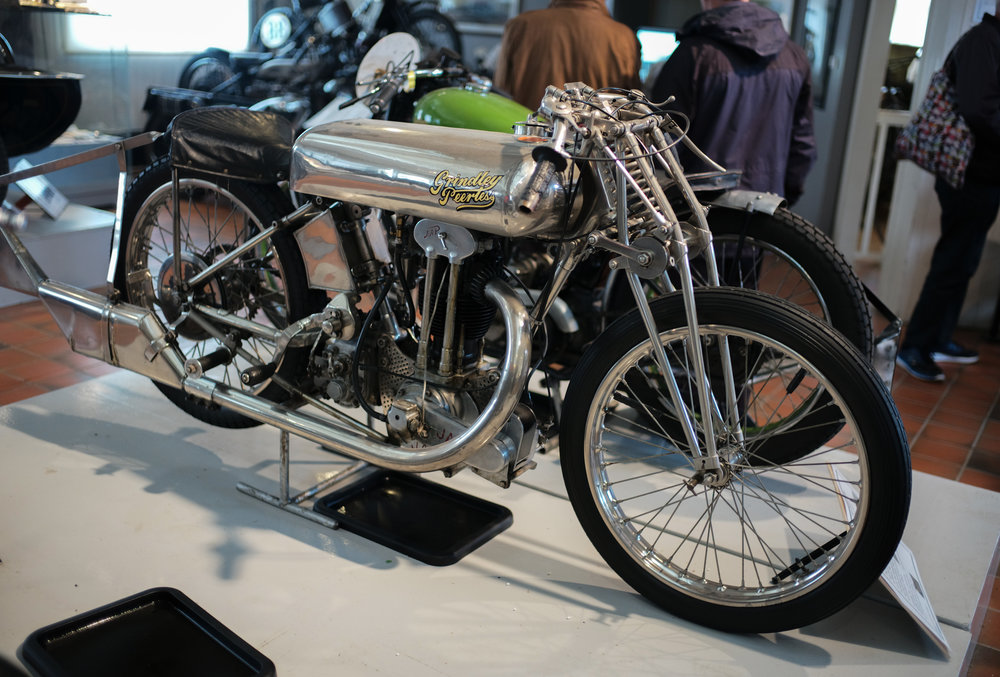
Rangefinder
Leica has made significant improvements to the M10 rangefinder. The field of view is 30 percent larger and magnification is now 0.73. In addition, according to Leica, “the eye-relief distance has also been significantly increased.” I’m not quite sure what this means but I can say that the overall effect is impressive. My eyes are suitably relieved. As a wearer of glasses I now see further to the edges of the frame and even the 28mm lines are just about visible. The framelines, now restricted to white instead of the optional white or red of the M240, also appear brighter. Altogether this is a great improvement and makes the camera just that bit more pleasant to use, especially for older owners who are beginning to wonder if their rangefinder days are numbered.
Electronic viewfinder
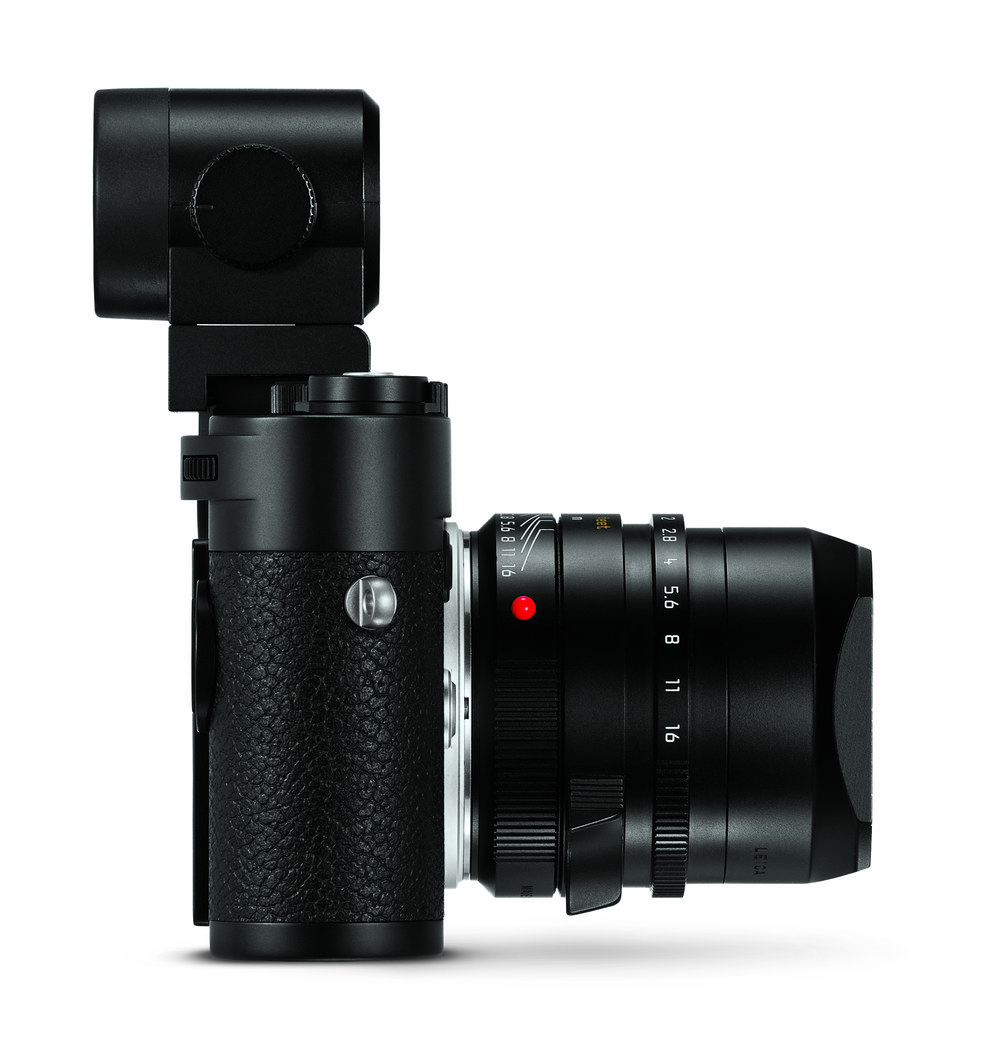
So far I have had no opportunity to experiment with the Visoflex. I am familiar with it from the Leica T and I know it as a solid performer that is far more capable than the old Olympus VF-2 as used on the M240. While the Visoflex is now a three-year-old design it is still highly capable. Clearly it isn’t going to compete head on with the remarkable viewfinders in the Q and SL (the latter is the best on the market as I write) but it will do. It will do precisely because it is an accessory. It isn’t essential, except for lenses wider than 28mm or for use with R zooms. But it is undeniably useful on other occasions. For instance, I am sure it will improve focus accuracy with “difficult” lenses such as the 50mm Noctilux, or even the 50 Summilux, when used wide open. In this it will offer some of the capabilities of the SL and, for many who bought the SL for use with M lenses, could take over from that camera. While the SL’s enormous viewfinder will ultimately win out, the auto magnification function available on the M10 offers considerable compensation.
The Visoflex is a plasticky monolith that does nothing to enhance the appearance of the M10 but does serve useful a purpose. It includes a GPS module so is essential if you can’t remember where you’ve been taking pictures. There are two disadvantages in using the Visoflex. First, it means you can’t use that accessory thumb grip that you’ve grown to love. Second, the body of the viewfinder covers the left-hand side of the shutter-speed dial including, crucially the reference setting line. It doesn’t worry me overmuch because I tend to leave speed on auto much of the time. But, nevertheless, it is a small error in detail, probably because the Visoflex was originally designed for the T and use on the M at a later date was not anticipated.
Image quality
It is very early days of my M10 ownership and this is not a technical assessment of the capabilities of the new sensor. Indeed, apart from these few test shots, I have not had sufficient time with the camera to reach conclusions. So far I believe that the M10 does offer better IQ than the outgoing M240. It retains the same 24Mp resolution as the outgoing M240, which is what most owners prefer. 24Mp is currently the sweet spot as far as I am concerned; I don’t lust after 36Mp or greater, not least because of the increased computer storage needed. But also because, certainly for my work, it makes little difference. The SL and Q make do with 24Mp and both produce wonderful results.
All the pundits attest to the improvement in image quality and I see nothing to cause me to disagree. I detect a lot of family resemblance between results from the M10 and those from the Q and SL. Dynamic range is greater than on the old M240 sensor and I find out-of-camera jpegs particularly attractive, even on the standard settings. In the past I’ve tended to shoot only RAW only — on the basis that I process only the shots I wish to use and in the belief that I have more recovery options with the additional detail stored in the DNGs. But I’ve been using the standard jpegs from the M10, with only minor enhancement wherever I thought necessary, and am impressed. I do always shoot RAW in tandem just in case I need a greater degree of processing power for a particularly good shot.
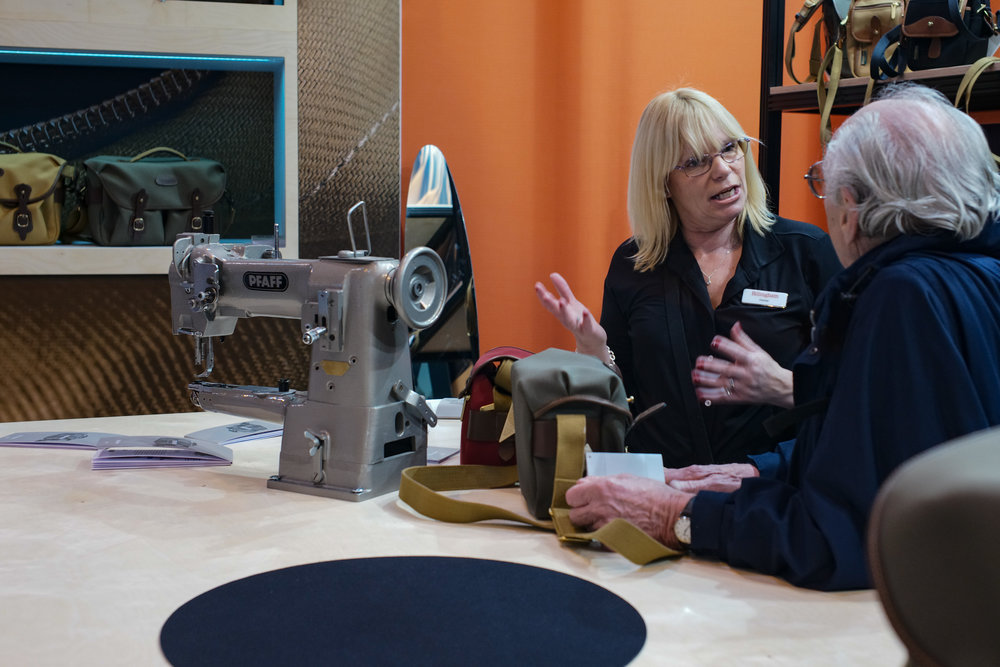
Overall, the results are comparable with those from the Q and SL which isn’t surprising since all three cameras have a similar basic sensor design and the similar Maestro II image processor. According to Leica, the sensor is not the same as those in the Q and the SL but it seems that the difference is largely that the M10 sensor has been tweaked specifically to match the rangefinder. I certainly have no complaints even though my association with the camera has been so brief.
You will find much more on image quality in our earlier review of the M10 (written by Jonathan Slack) and linked at the foot of this article.
Lens detection
The lens detection system has been improved, most obviously with the addition of profiles for R lenses. Coded lenses, which constitute most lenses made in the past ten years, are automatically recognised, as before. New, however, is the ability of the six-bit coding to override any manual settings. For instance, I used my vintage 28mm f/5.6 Summaron and set the manual profile for the modern version of this lens. Among other advantages, this causes the lens type to be shown in the EXIF data. But attaching a 35mm Summicron sets the profile back to auto, while the previous manual setting (for the Summaron) is remembered as soon as the non-coded lens is reattached.
Incidentally, I note that the estimated aperture value is no longer recorded on EXIF data and this came as a surprise. I first noticed it when captioning the pictures in this article and found no reference to aperture and had to resort to trying to remember. This omission is a pity.
ISO settings
The M10 offers a much wider ISO range, topping out at 50,000, and greater customisation tools to encourage more involvement in setting the third exposure parameter. In the menu, sensitivity can be set to 26 separate values representing one-third stops. When using the new ISO dial you are restricted to full-stop adjustments up to 6400.
This camera definitely has the ability to produce impressive results at higher ISO than the M240. Shots taken at 6,400 are definitely cleaner, as good as ISO 1600 from the M240 I would say. Even 12500 is something I would be happy to use regularly and there are still a further three full stops of sensitivity available. In contrast, the M240 had a nominal ISO range of 200 to 6400 (with pull available down to ISO 100, something I never used).
Below: ISO 12500 on the M10 is very usable and is virtually the same as ISO 6400 on the old M240. And there are still three full stops of further sensitivity available
The new pull-up ISO adjustment dial on the left-hand side of the top plate is faultlessly engineered and a delight to use. I’ve read some comments that it is fiddly, needing two fingers to grip and pull upwards. I don’t find having to use a couple of fingers a problem. The dial needs to be locked securely when at rest to avoid inadvertent knocking — and it is. If you like to juggle ISO settings frequently during a session the knob can be left in the up position, ready for instant access.
In addition to direct access to ISO settings between 100 and 6400 (in full stops only, in contrast to the menu which offers a bewildering array of one-third stop adjustments), the dial has a red A-for-auto setting (more on this later) and an M-for-manual position which works in conjunction with the menu. You can choose to give direct access to sensitivities of between 12500 to 50000 in one-third stops. So lots of choice. For the moment I have my M(anual) set to 12500 which is as high as I would wish to go in general use. I have not yet experimented with higher settings but, as with most other cameras, I would regard this high territory as being for emergency or creative use only. I am certainly extremely happy with ISO 6400 and very impressed with 12500.
Below: Examples at 1600, 3200 and 6400 ISO, full frame and crop
There are almost too many ISO options available and, while the camera allows for a high-degree of customisation, I think most of us will be happy with the full-stop adjustments available through the ISO dial combined with a personal choice of auto ISO settings and a manual choice of on value between 12,500 and 25,000.
Auto ISO works faultlessly on the M10. I have mine set to a slowest speed of 2x lens focal length and a maximum ISO of 6400. So, for instance if using a 35mm lens, the maximum length of exposure possible will be 1/70s. If I choose to mount a 75mm lens the camera will insist on a slowest speed of 1/150s, enough to keep things steady, and so on with other focal lengths.
There are also options for 1x focal length or 4x focal length. Those with a steady hand will probably be happy with the 1x option. I need to experiment to see which of these options I prefer; but the system is a great way of automatically avoiding camera shake. Anyone unfamiliar with Leica rangefinders might be surprised to find there are no electronic stabilisation systems to help out in this respect. Alternatively, if you wish, you can fix the exposure to be no slower than between 1/30s and 1/500s in one-stop increments. All this offers a high degree of control and is one of my favourite features of the new camera. So far I have found that the system sticks rigidly to the settings. In the past I have noticed on occasion with the M240 than the camera would select a slower speed than the limit set in the auto-ISO menu.
I am mightily impressed with the ISO implementation on the M10 and appreciate that, while it proves a high degree of customisation, once set it doesn’t distract in any way from the simplicity of operation which is the hallmark of this camera.
Weight
Despite the thinness, the M10 at 660g isn’t significantly lighter than the M240 (683g). It feels more dense and is certainly heavier than the M7 which tips the scales at 610g. The thinner body creates an illusion that this is a lighter camera. I’ve swapped repeatedly between the M7 and M10 and can detect no difference. Both cameras feel substantially the same.
With a typical about-town M lens, such as the 35mm Summicron-M you are looking at around 960g. It’s par for the course for the latest Ms and there are no surprises here.
Conclusion
All things considered, the M10 is the apotheosis of rangefinder design. Leica has taken away everything that is inessential (did I mention video?) and honed the M10 to perfection. In particular, I love the new and vastly improved access to ISO customisation and the intelligent implementation of the favourites menu. This is a welcome example of lack of fuss and purity of purpose when compared with Q menus on other cameras (I am thinking in particular of Olympus and Fuji here).
I already feel completely at home with this camera and I really cannot think of any improvements they could have made in the handling department. Time will tell, but I think that we now have a digital that perfectly replicates the original M gene.
If you have been sitting on the fence, perhaps hanging on to that old M9 because it felt so “right” compared with the M240, now is the time to upgrade. There’s still a substantial waiting list for the M10 but I can guarantee it will be worth the wait.
Lens and processing note
Most of the examples in this article were taken at 35mm, either with the Summicron-M or Summilux-M, and a few with the 28mm f/2.8 Elmarit. The photographs are mainly out-of-camera jpegs with a few post adjustments where necessary. Product shots courtesy of Leica Camera AG.
Pro
- High build quality, reassuringly dense feeling
- Ingenious direct-access ISO dial, reliable auto ISO
- Extended ISO from 100 to 50000
- Simplified menu system, SL-style minimal button layout
- One-function on/off switch, no C or timer settings to confuse
- 2GB buffer, improved write speeds
- Feels just like a Leica film camera
- Slimmest M digital yet made
Con
- Relatively poor battery life compared with the M240
- Visoflex obscures part of the shutter-speed dial, including the setting line
- Thumb grip cannot be used in conjunction with the Visoflex
_________________
- For a more in-depth assessment of image quality and some great example shots see our earlier review of the M10 (written by Jonathan Slack)
- I bought my M10 from Red Dot Cameras in London.
- Subscribe to Macfilos for free updates on articles as they are published
- Want to make a comment on this article but having problems?

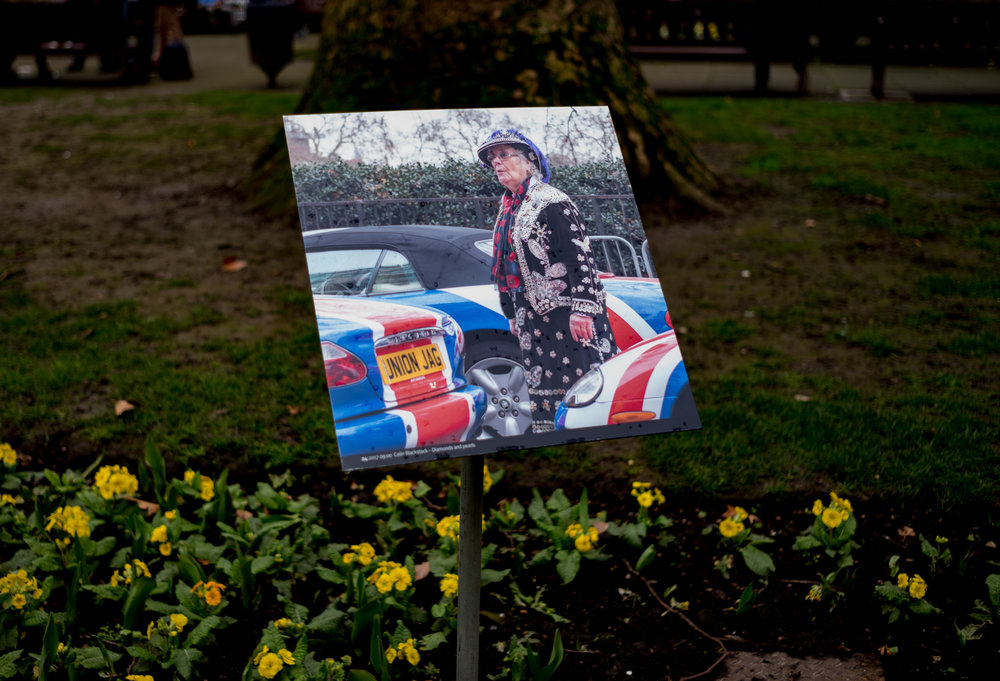
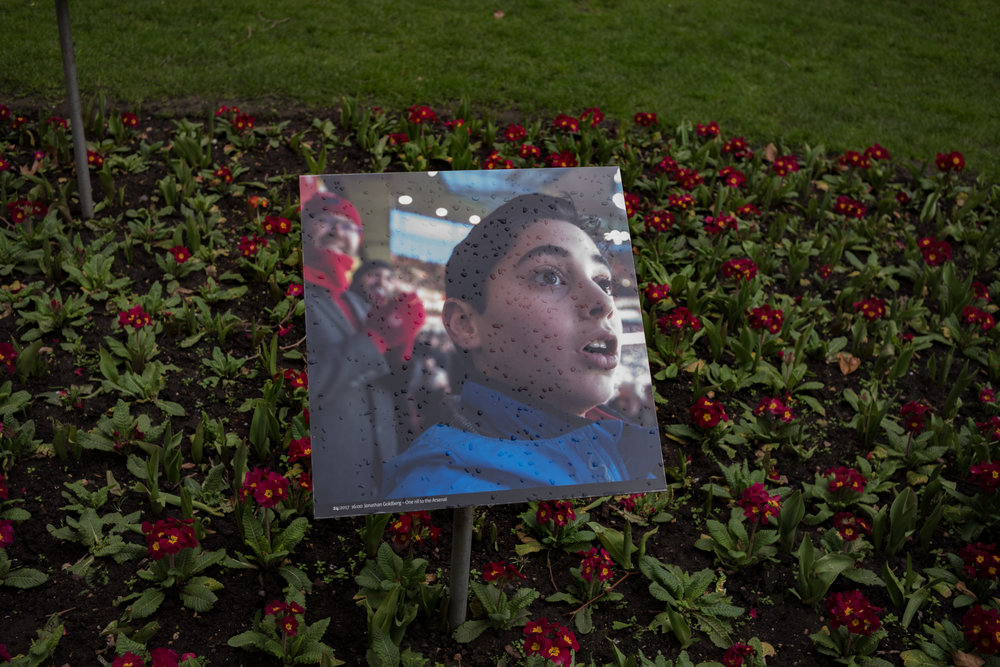
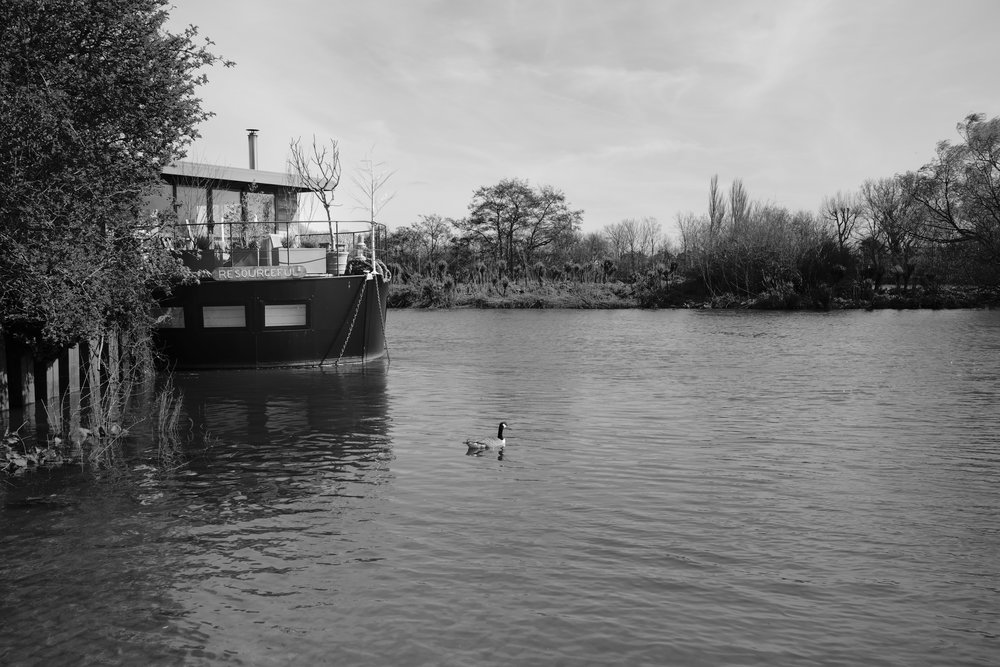
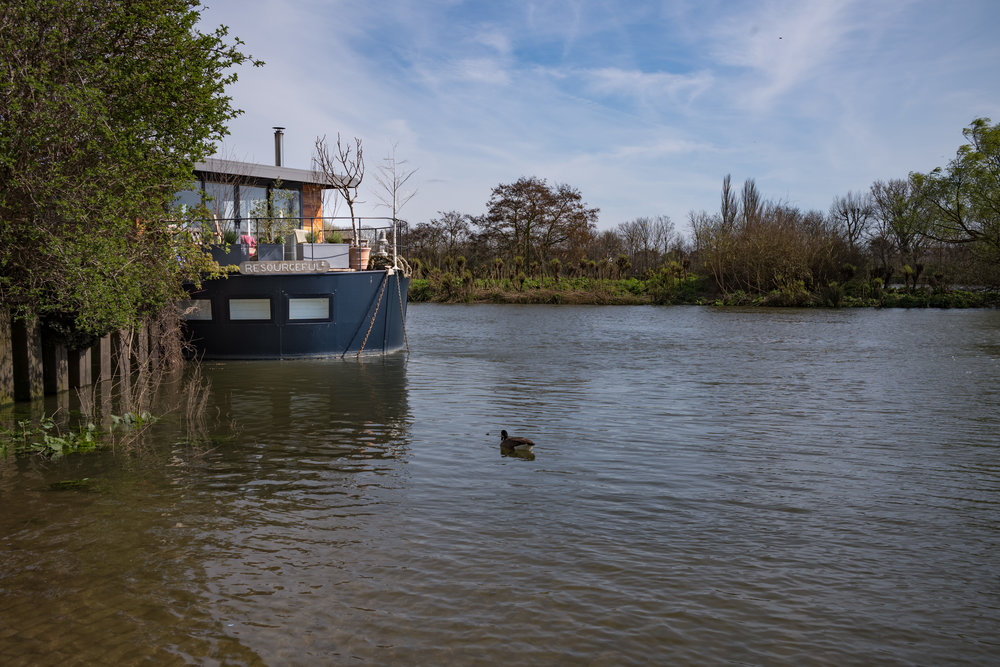
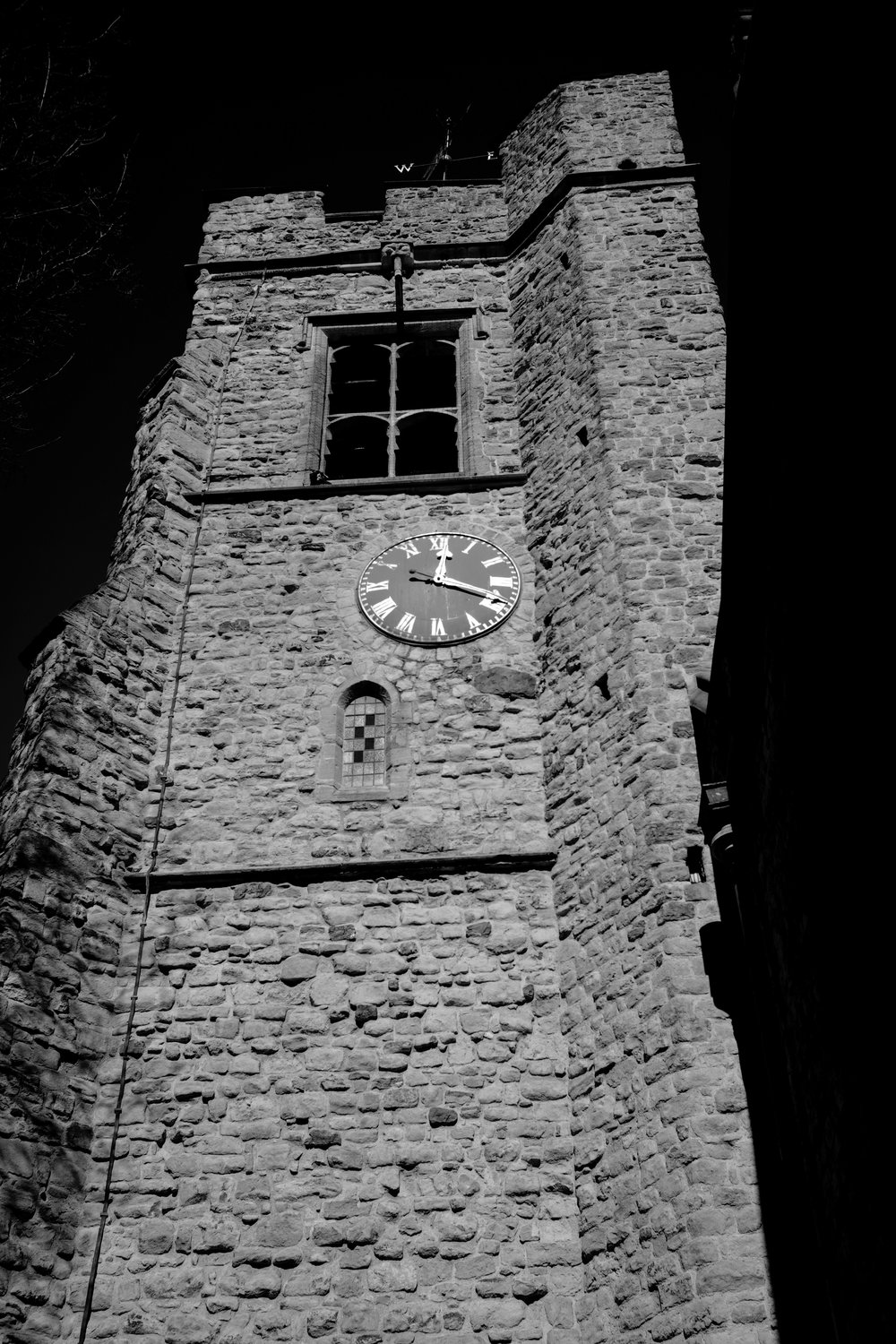


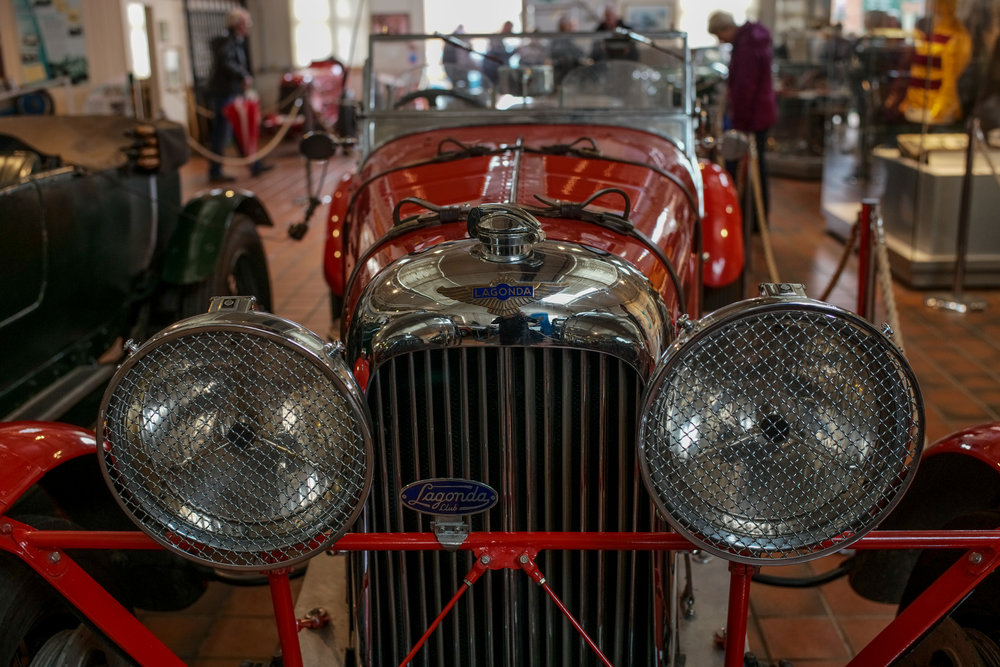
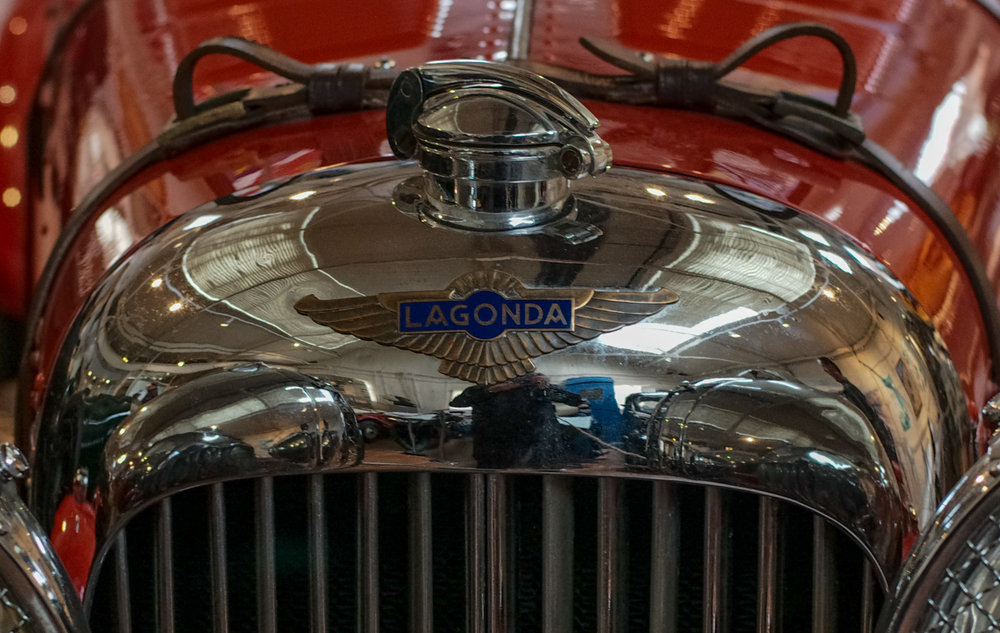
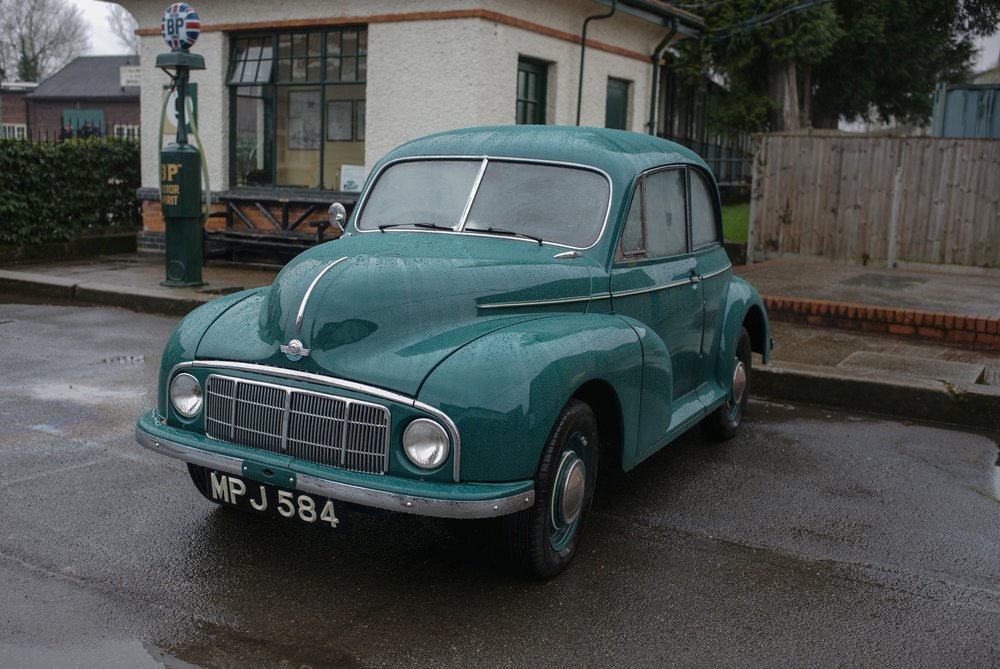
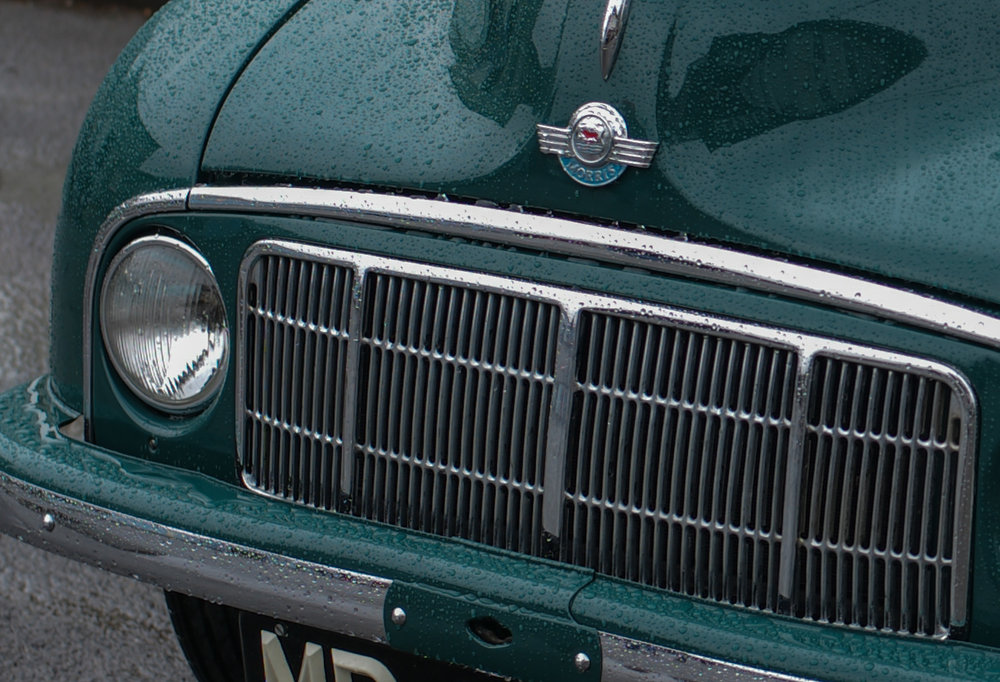
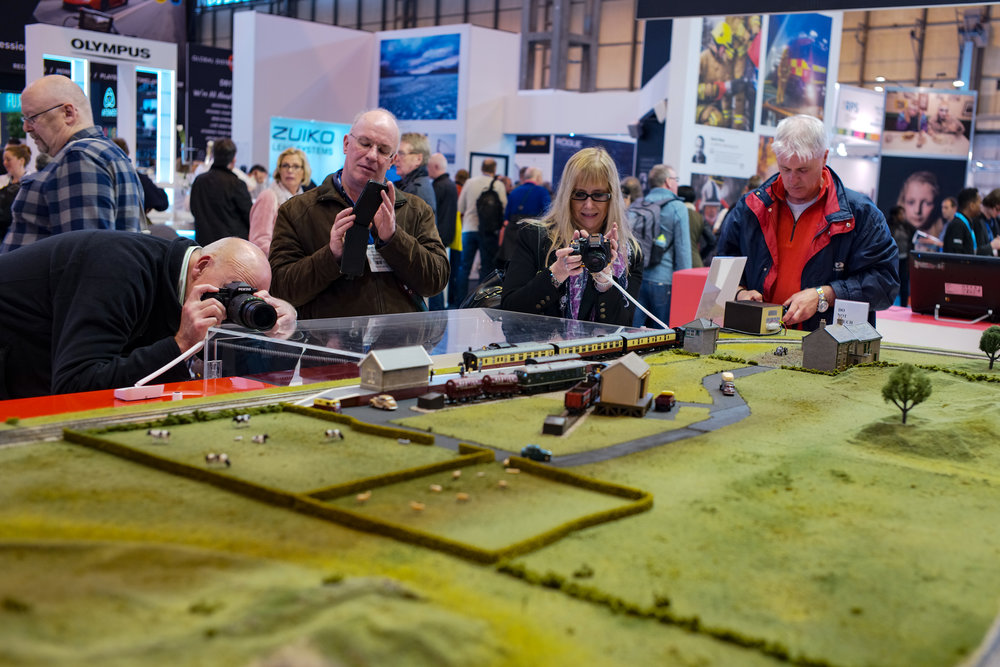
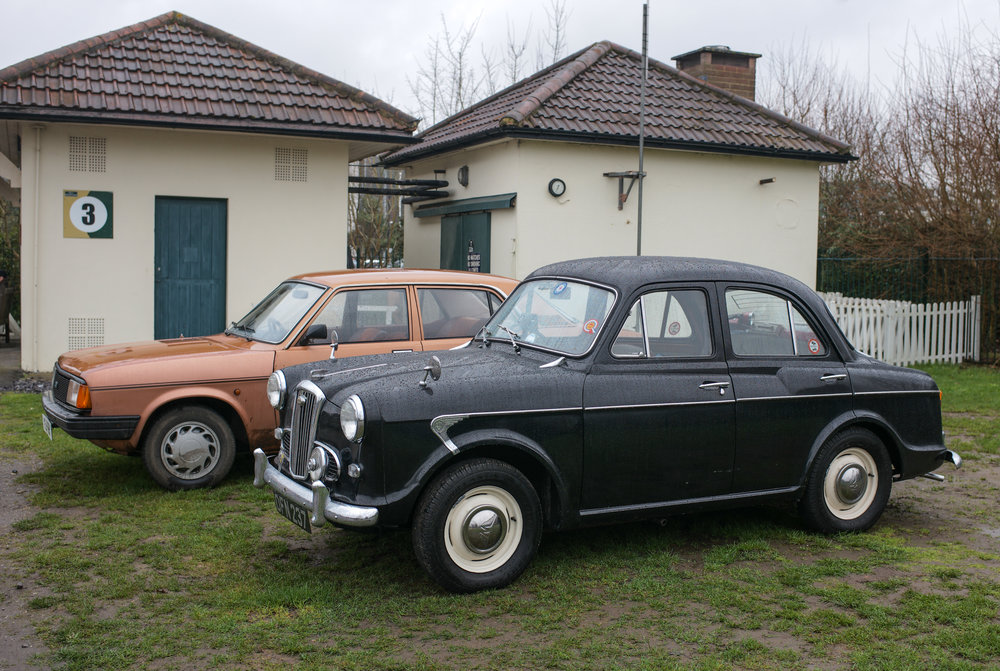
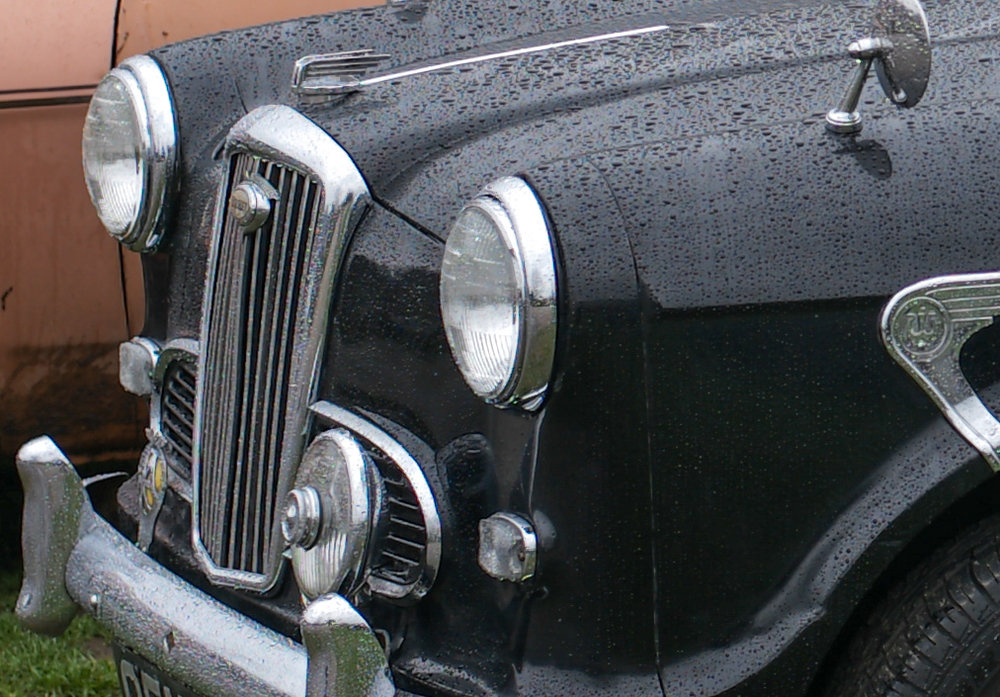
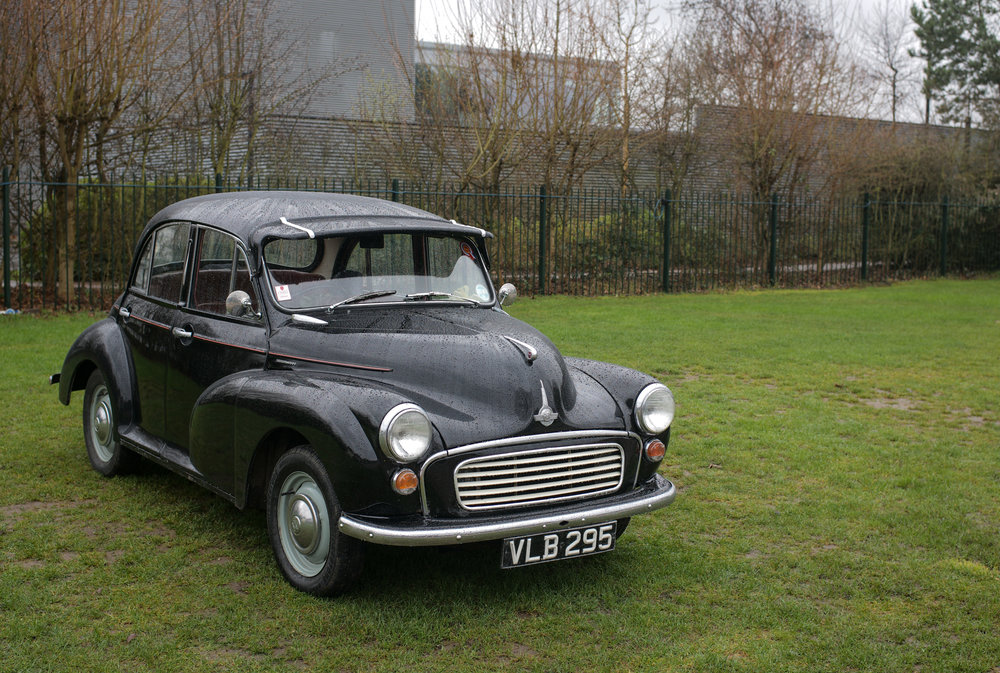
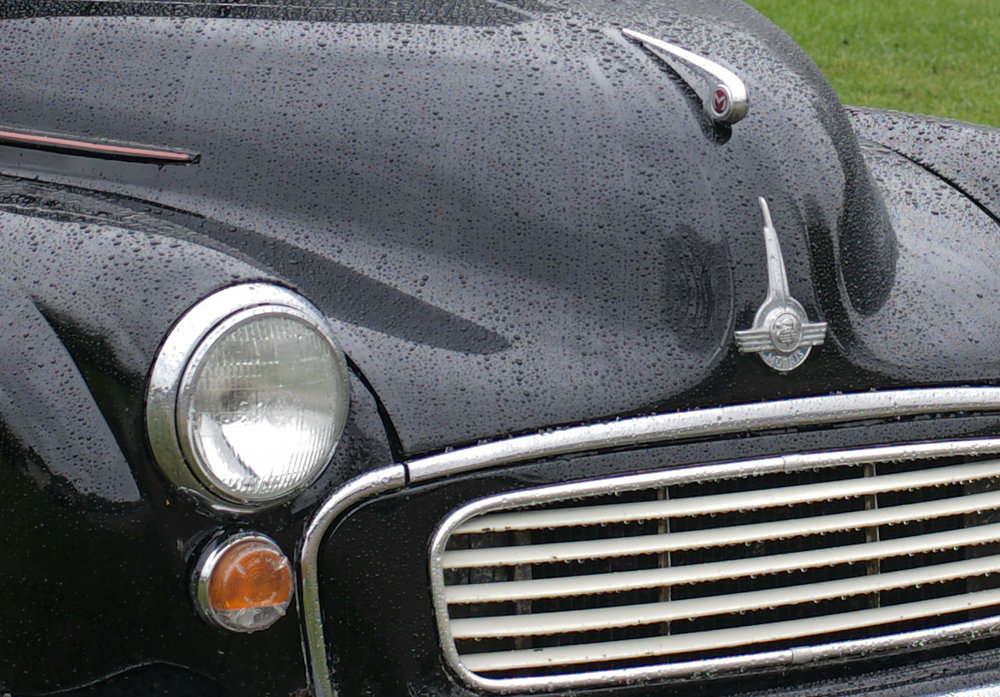
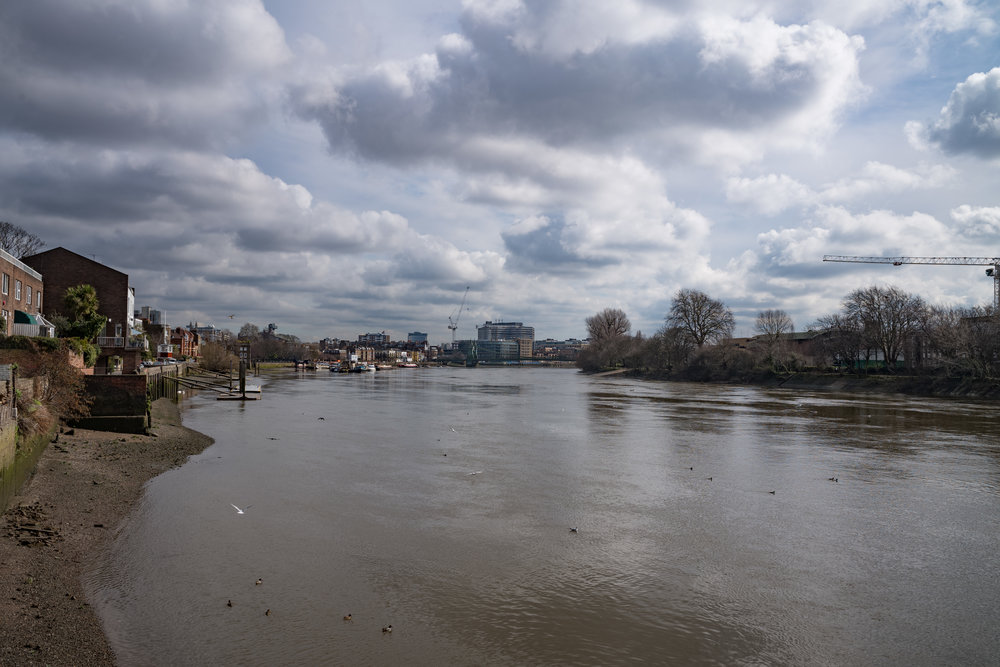

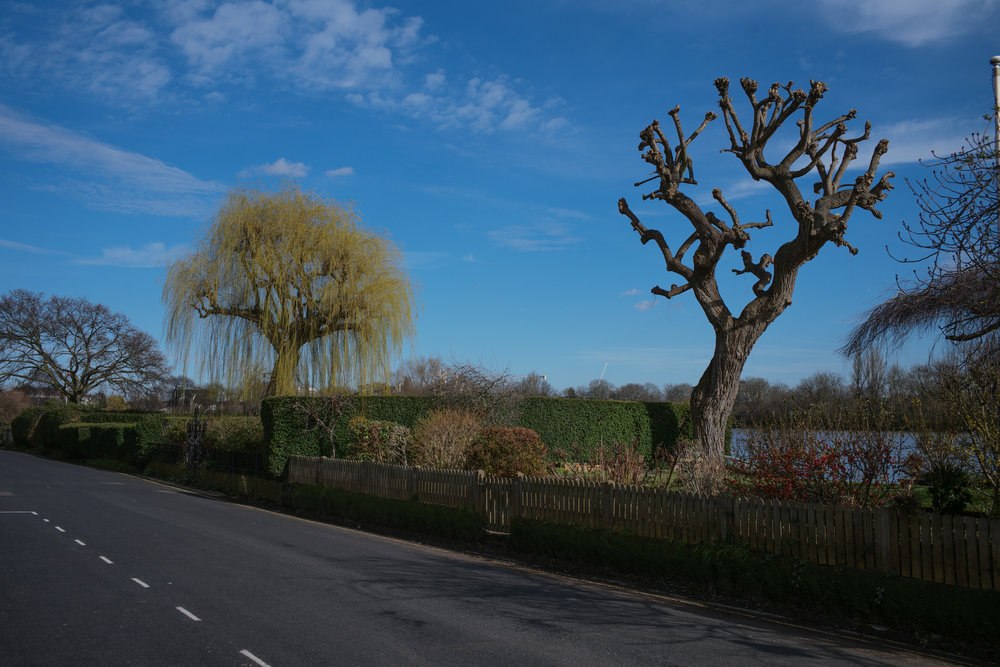
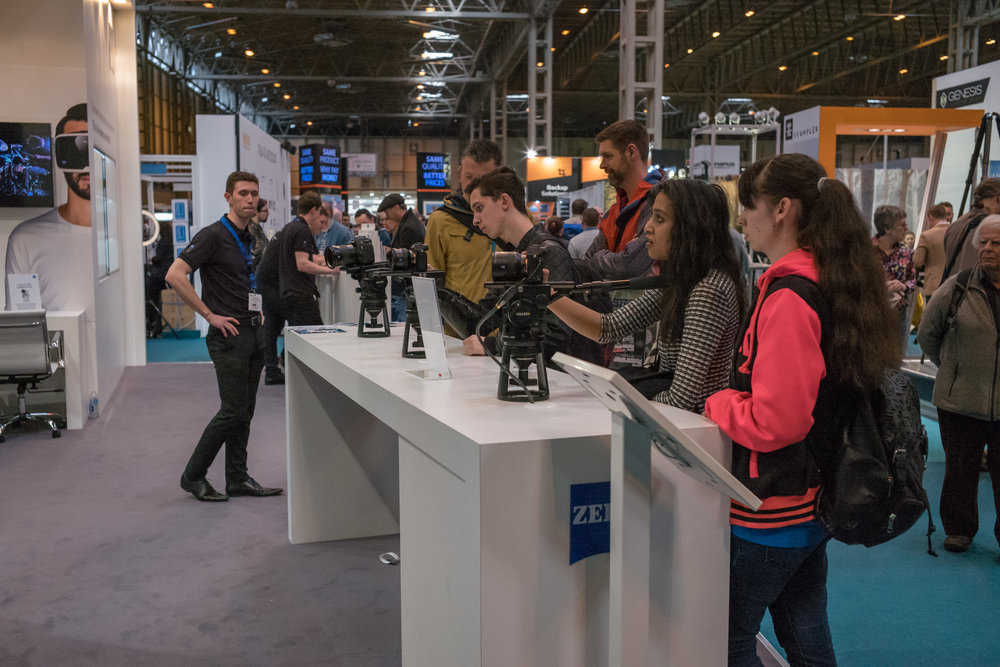
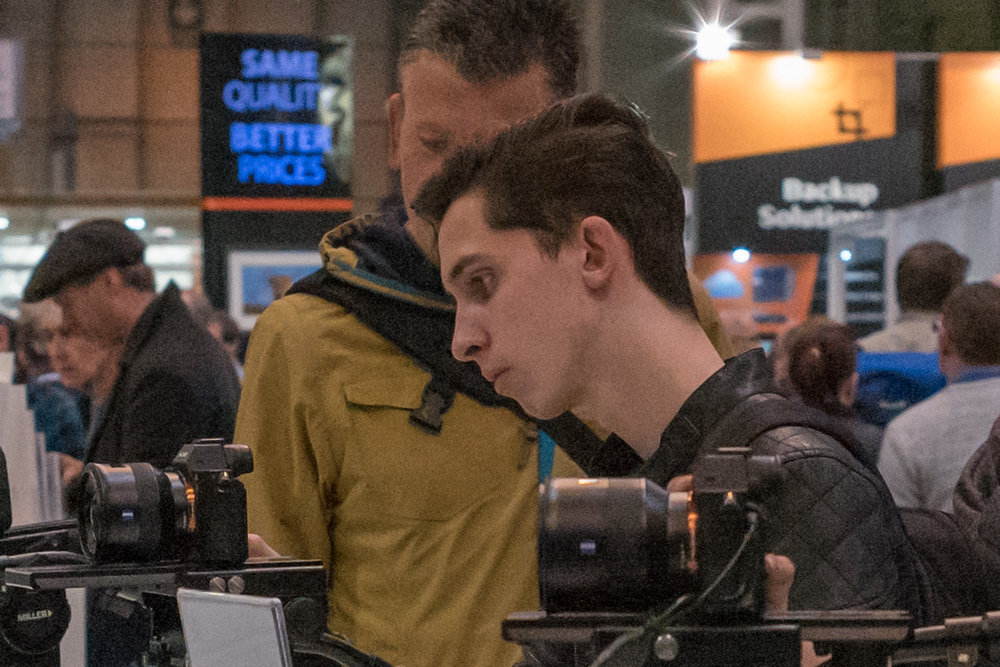
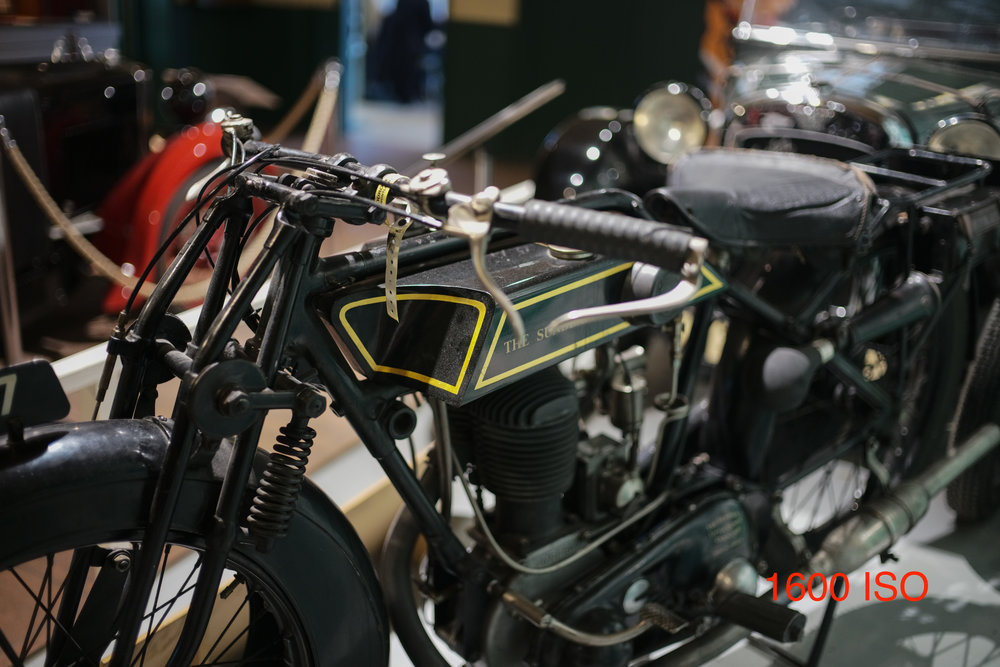
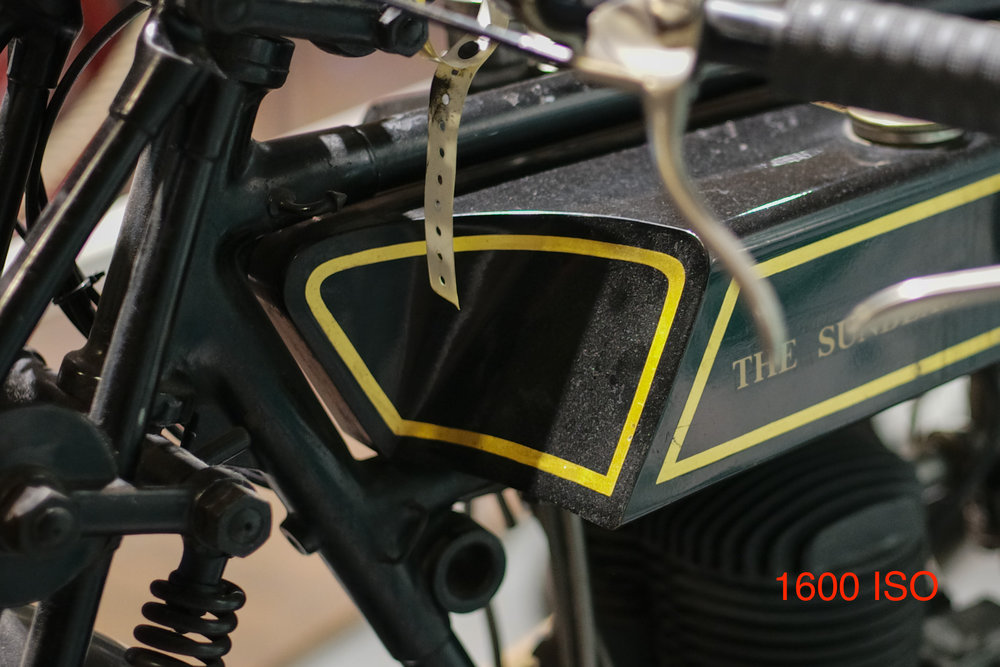
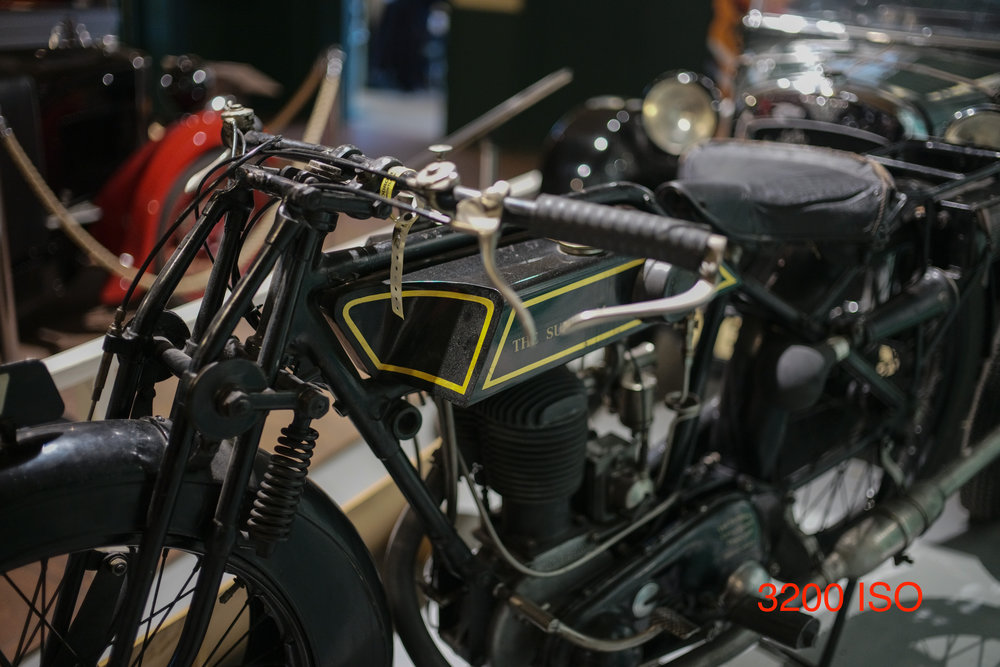
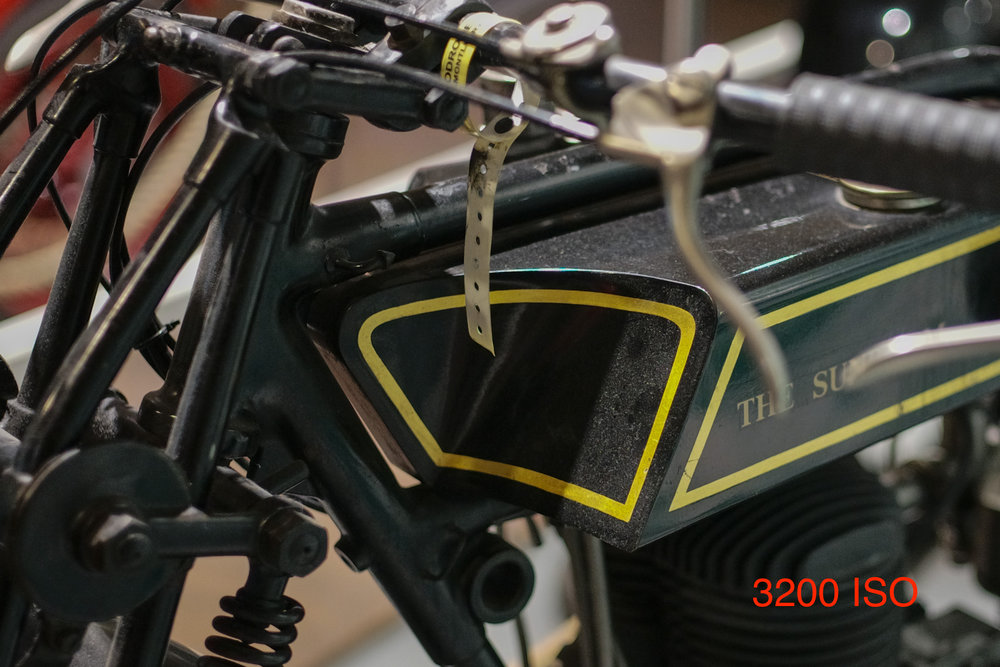
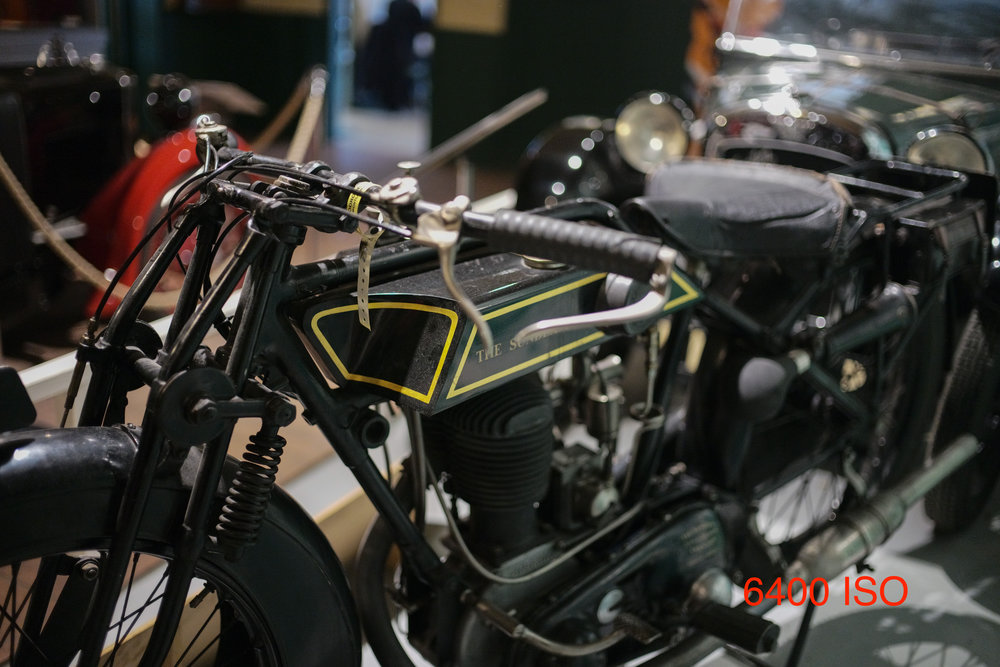
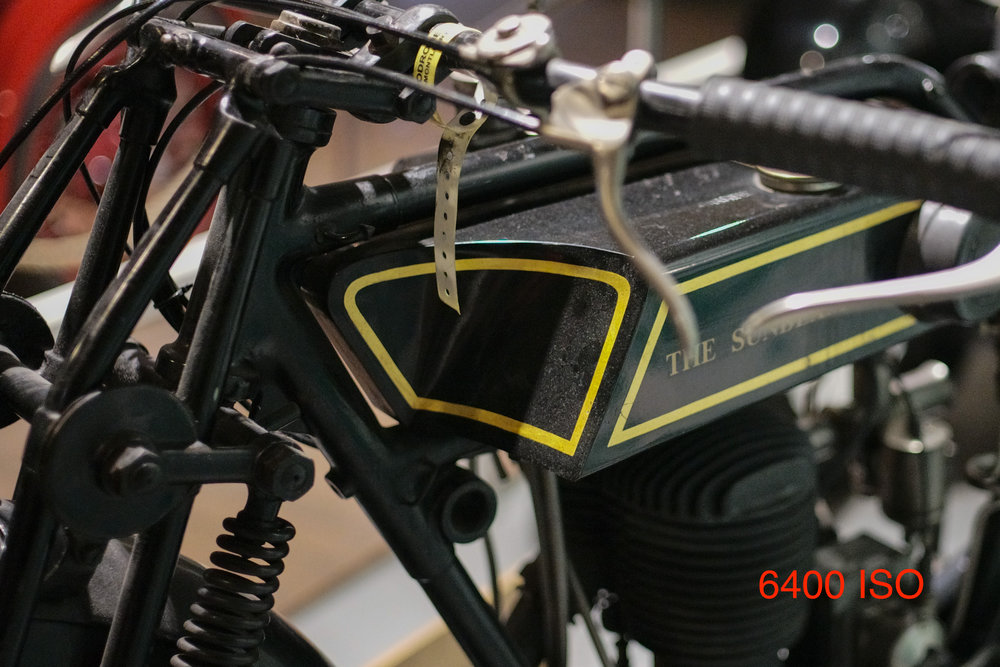
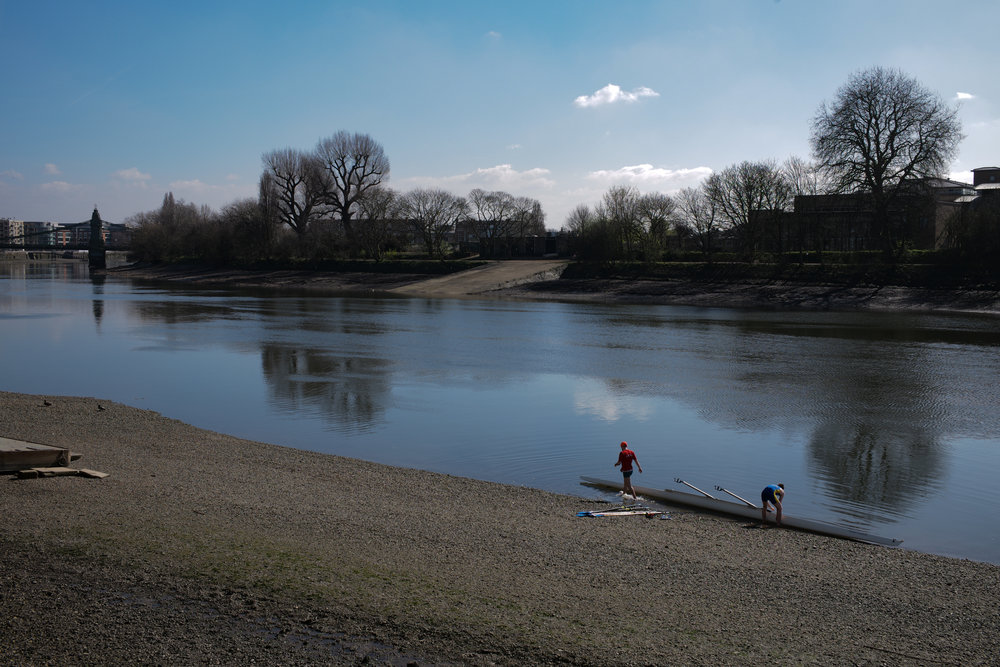
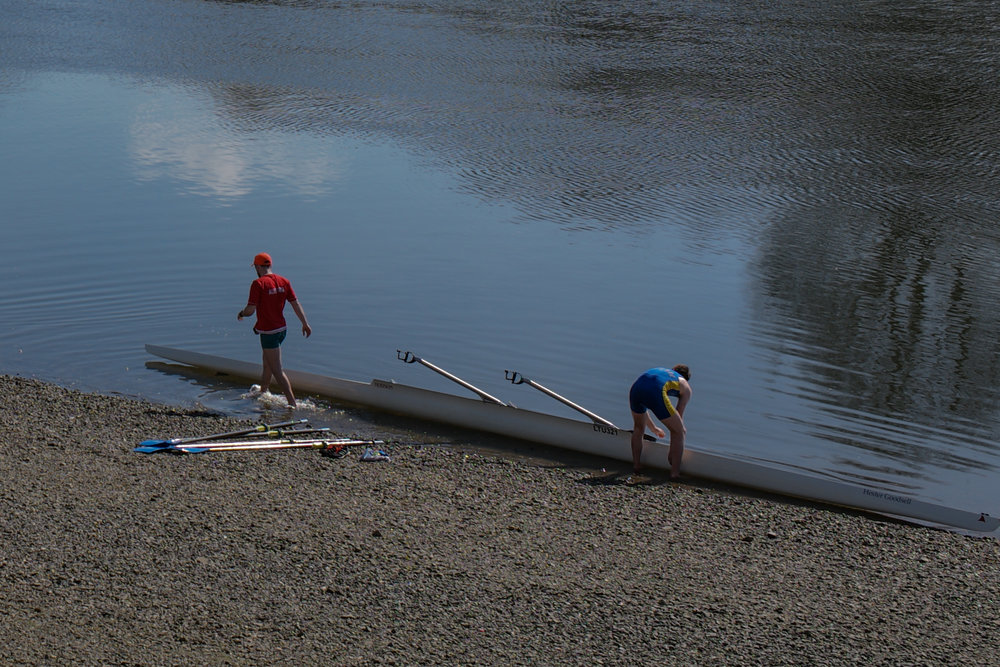
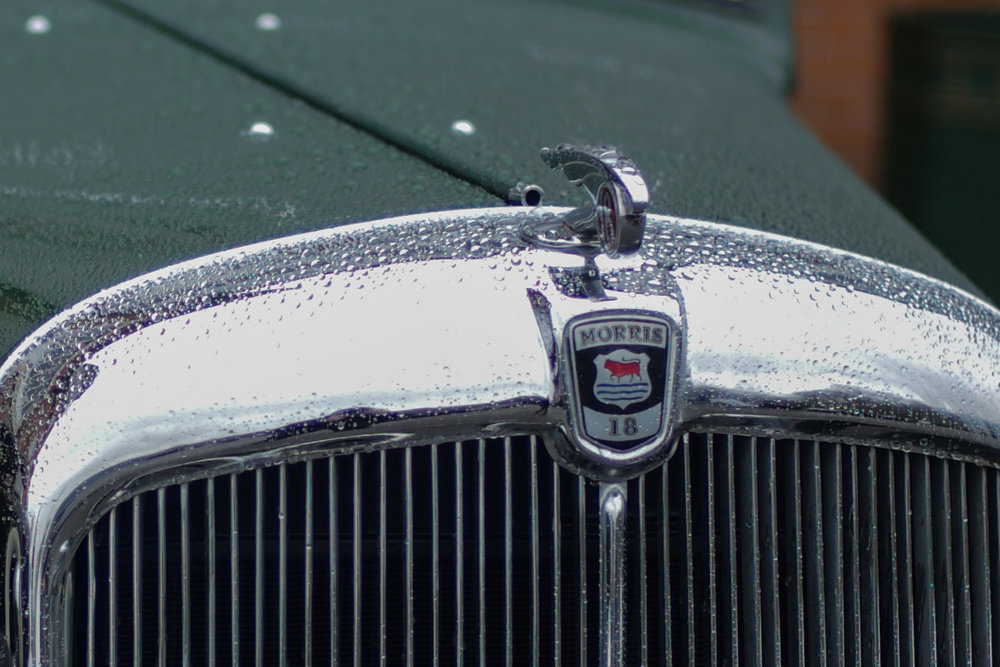
Nice review Mike. The Jpegs look very nice on my screen. All seems to be more or less as expected. I would always bring spare batteries and the ‘Thumby thing’ issue would not affect me, as I don’t use them. The EVF blocking the speed mark seems a bit careless to quote Lady Bracknell, but it is a bit of a compromise anyway. I have ordered the EVF (for my weird and ancient lenses as well as wide angles) along with a spare battery to go with my M10, whenever it might arrive. I would have preferred a dial for exposure compensation rather than ISO as I change exposure much more often than I change ISO. If that had been done, the M10 would be my perfect camera, but I have ordered one anyway. The main plus point I am looking forward to is the better eye relief as I never take off my glasses when using a camera.
And, of course, smaller is always better with any camera.
William
Thanks, William. I’m now quite used to using the custom control wheel to adjust compensation and it works well. Apart from the disadvantage of not having a clear scale to chimp on, it’s quite straightforward to keep a check on the compensation in the rangefinder (or in the EVF, better still). As I said to Andrew, below, I don’t see dramatic differences in the files between M240 and M10 but I expect to detect this later. Certainly the increased dynamic range and ISO performance is well worth having.
Other than the extra stop or two of usable high-ISO, do you find the files to be appreciably better than those from the M-D?
To be honest, Andrew, so far I haven’t noticed a great difference. I was very happy with the M-D (and M240) results and the differences — apart from the ISO and better dynamic range — are not immediately noticeable. But then I have had the camera for only a short time and haven’t had a great deal of opportunity to get out with it, especially after my little accident. The main reasons I prefer the M10 to the M240 series is the size (which is more noticeable than the 4mm difference would indicate) and the better control system, including the ISO deal. It really is quite a big deal and makes the M10 so much more enjoyable to use.